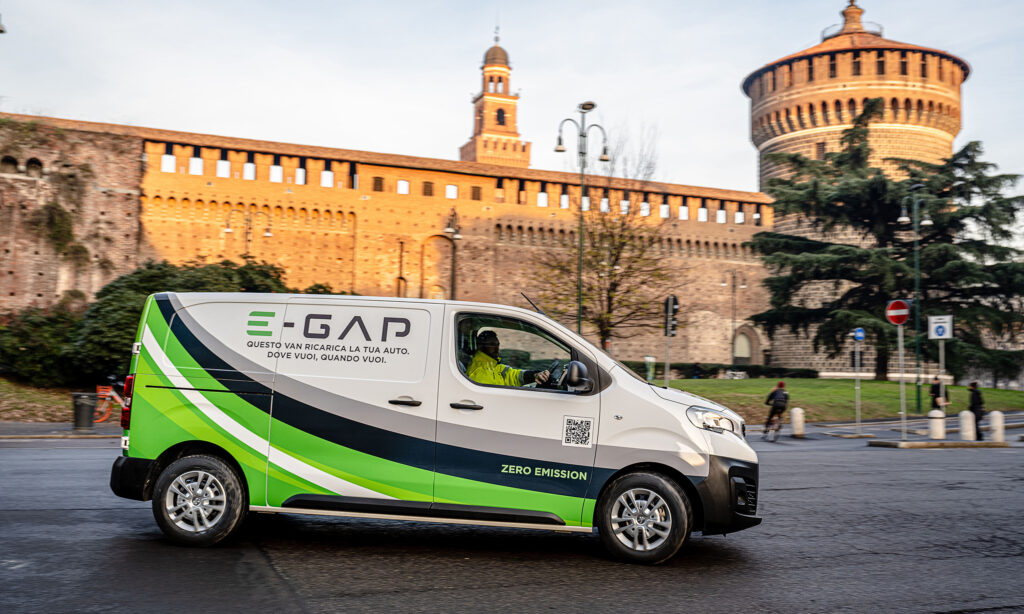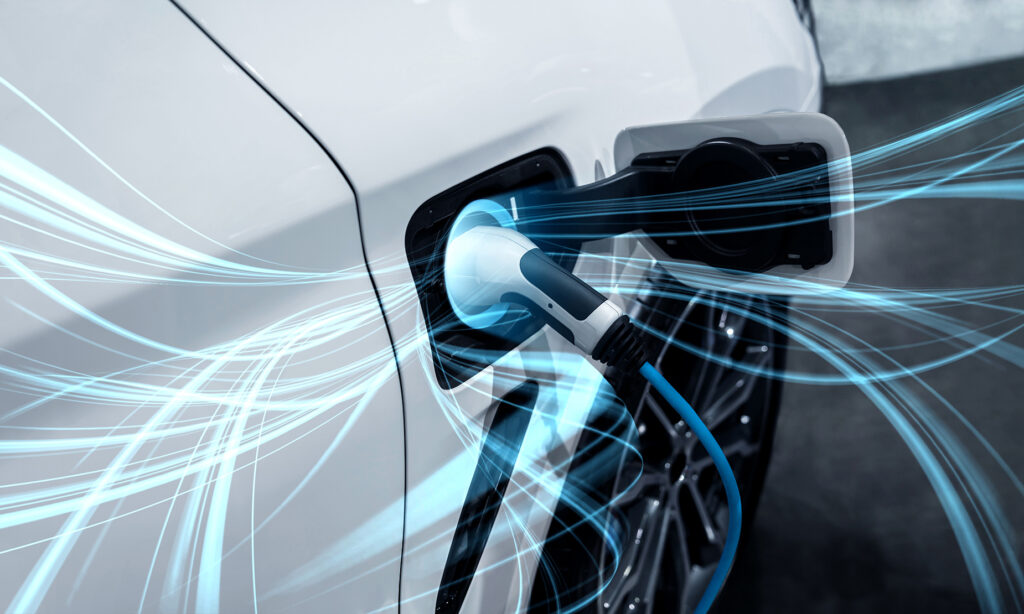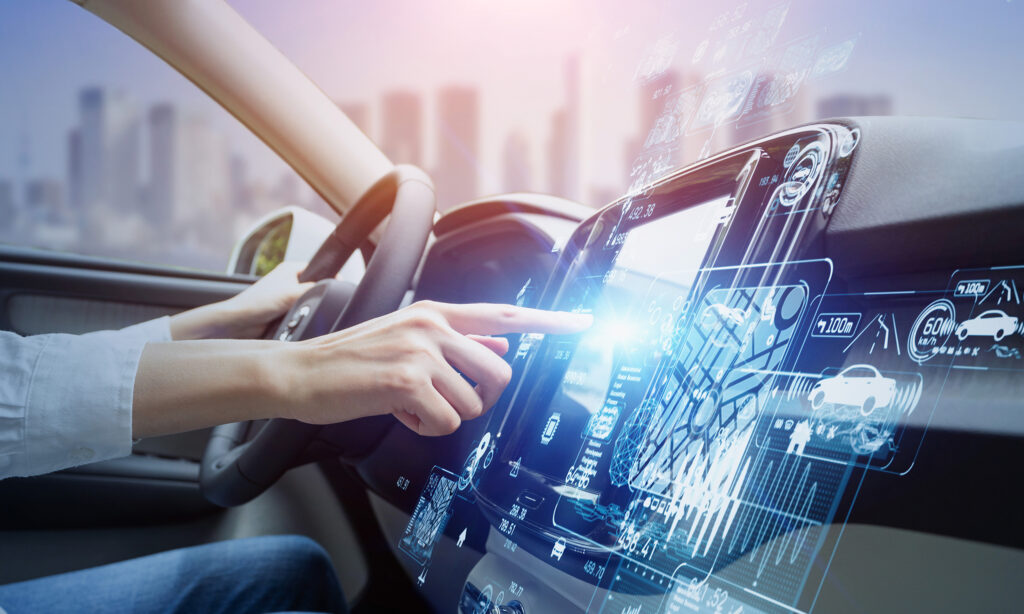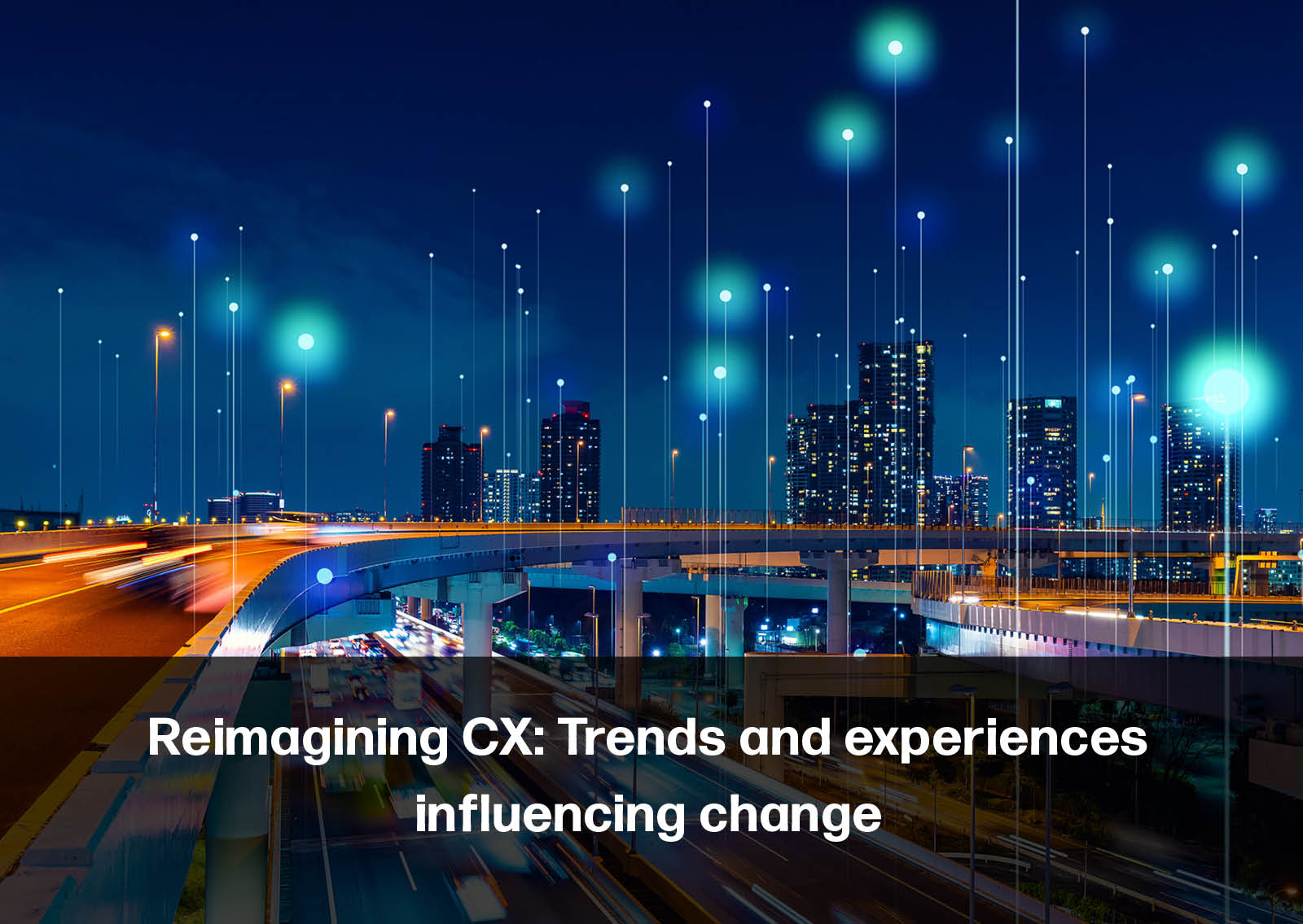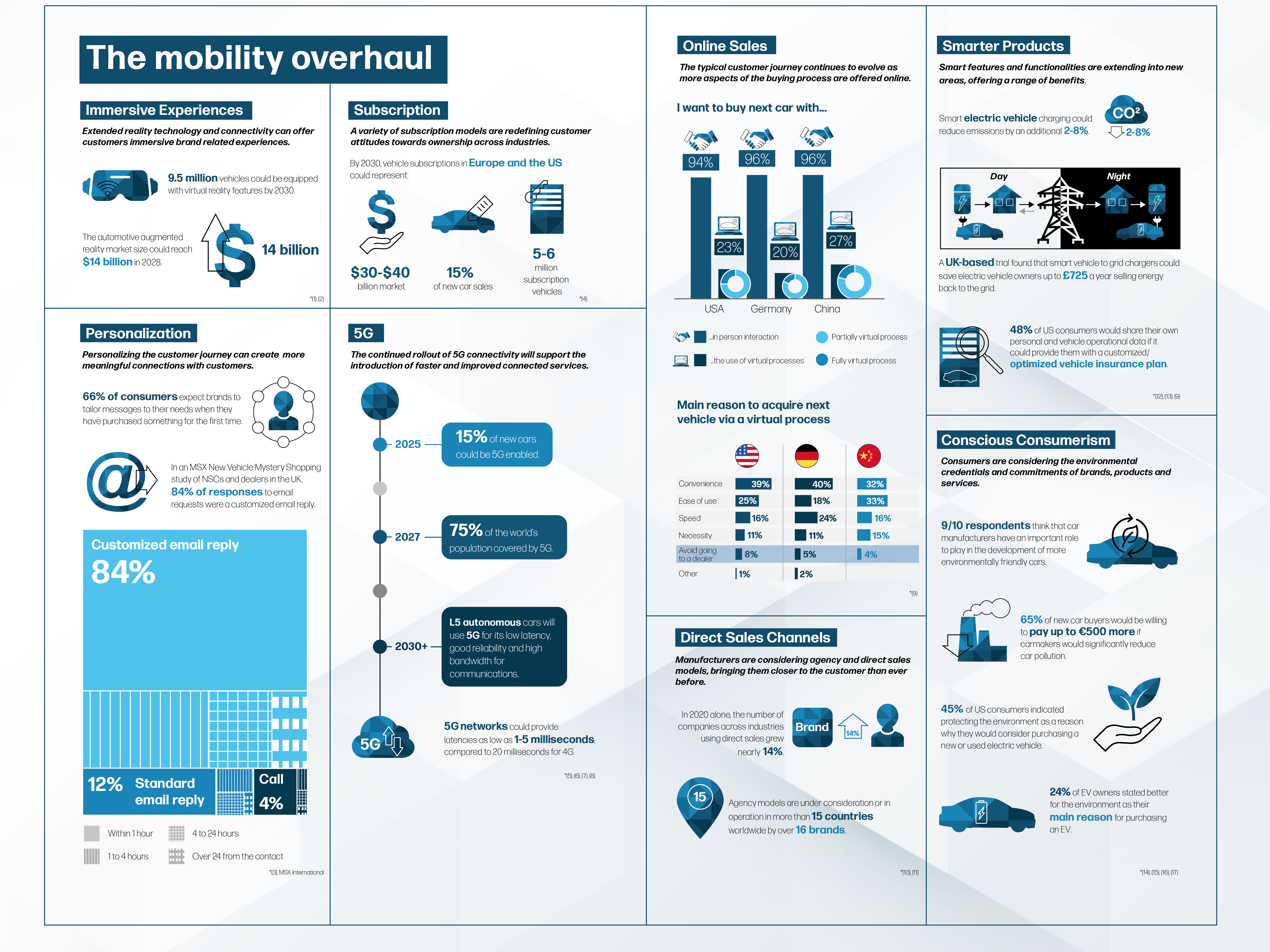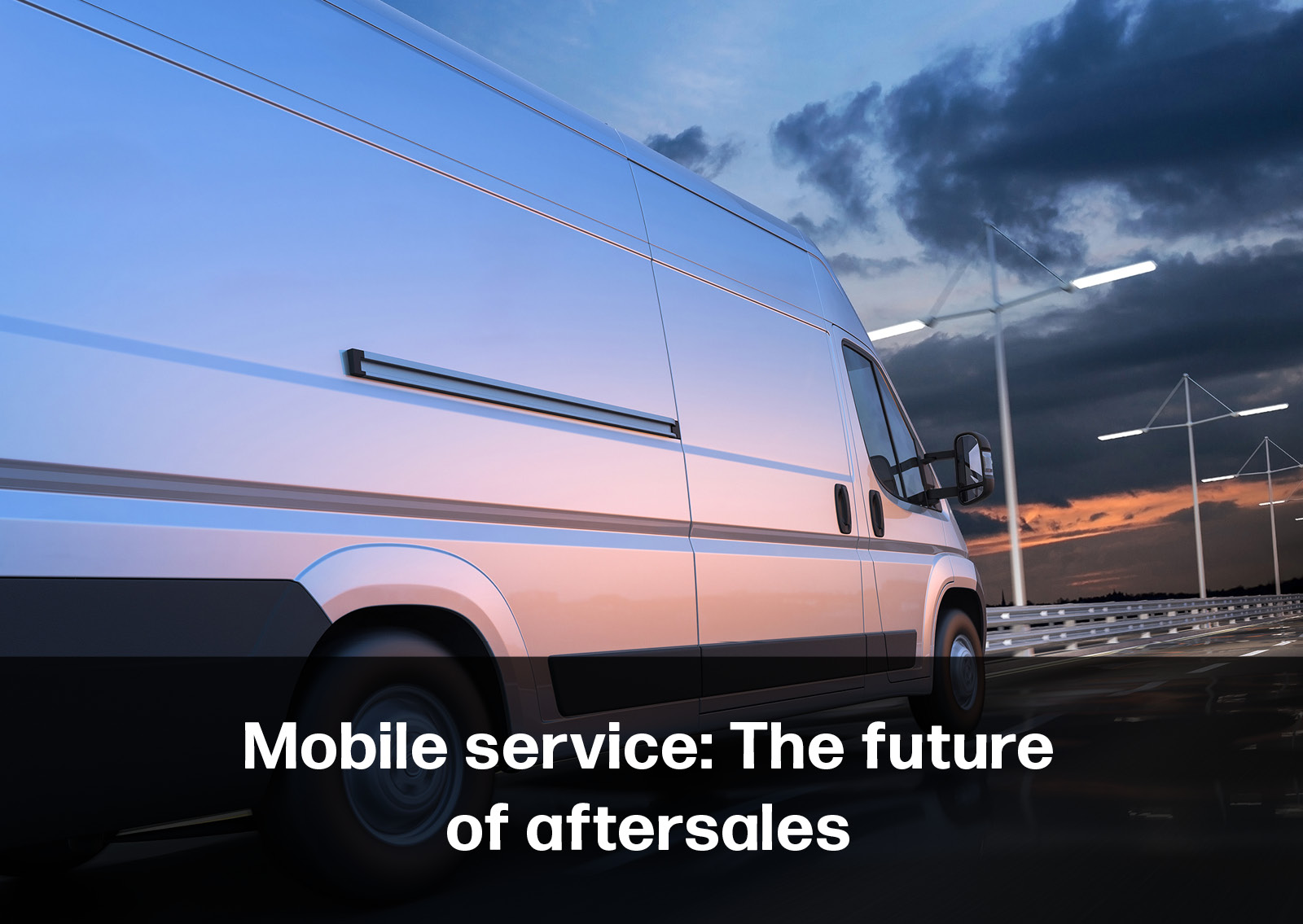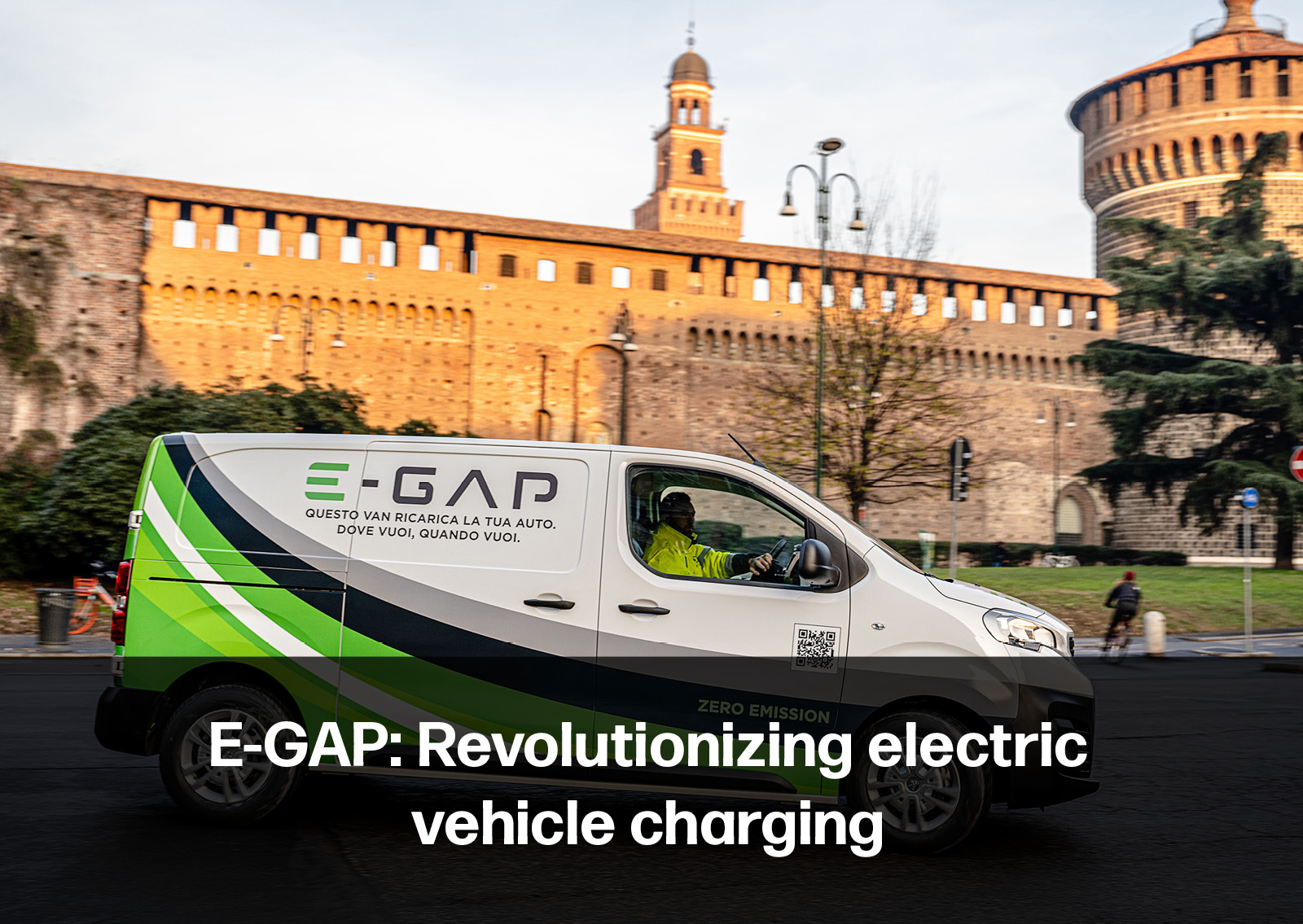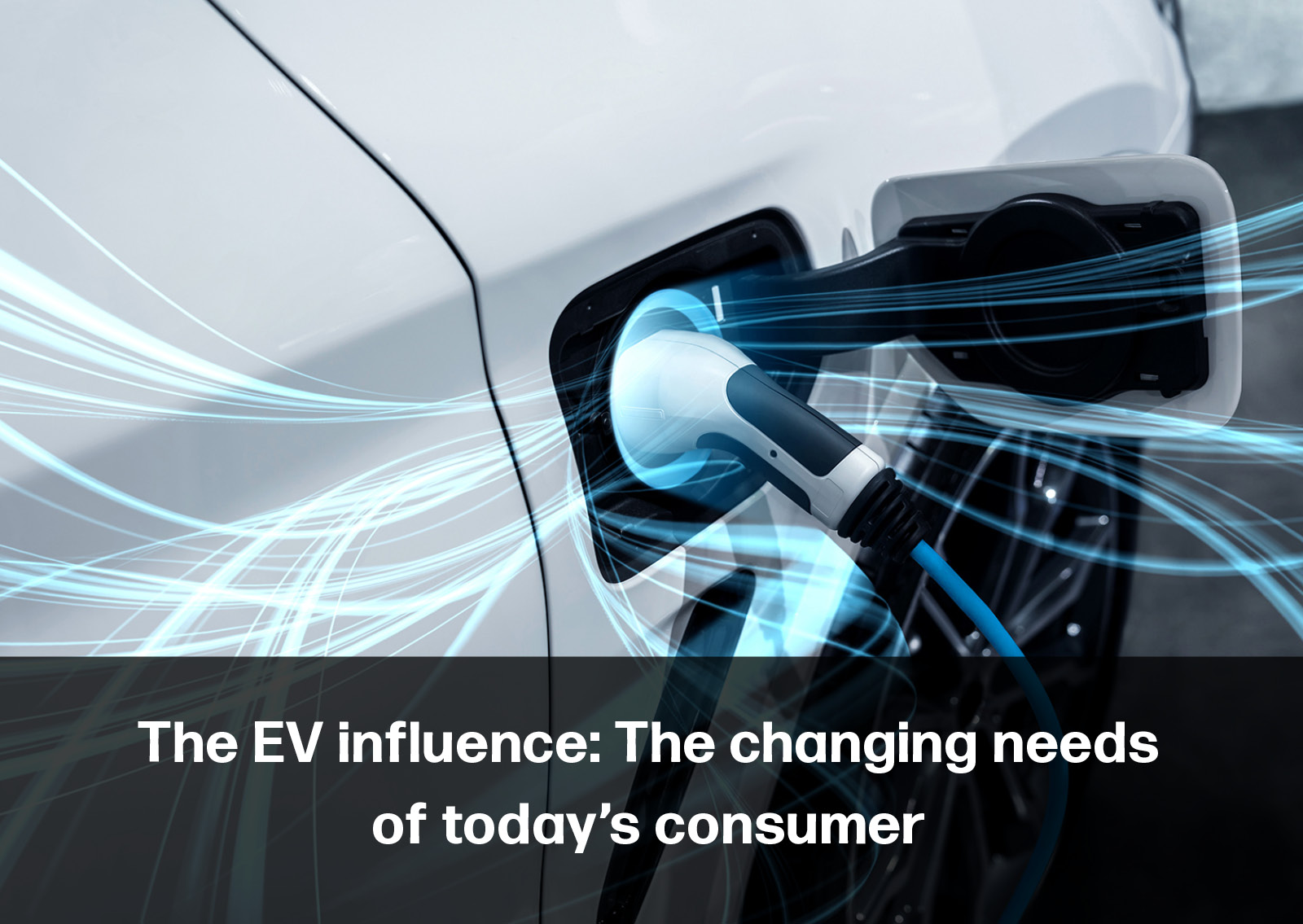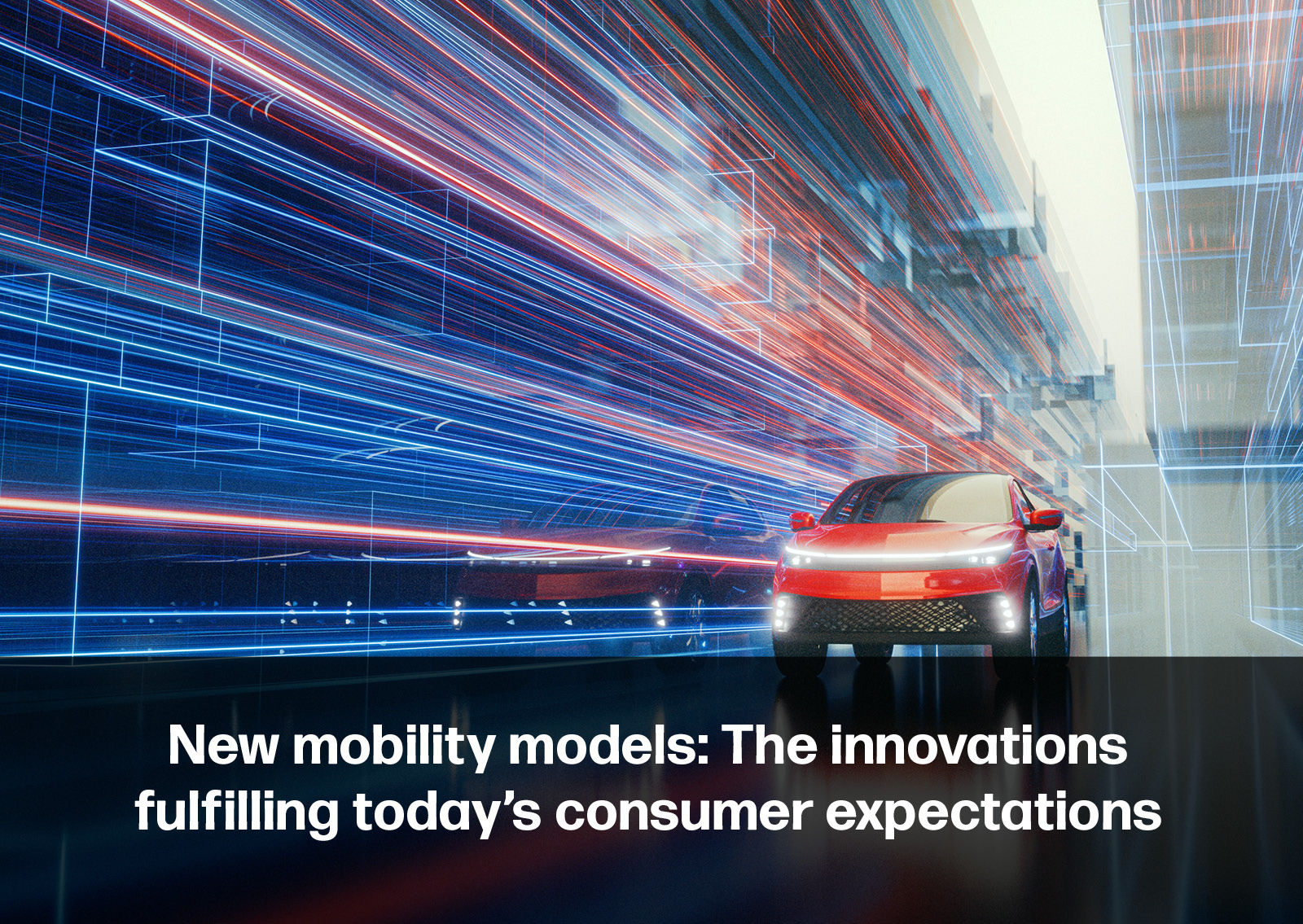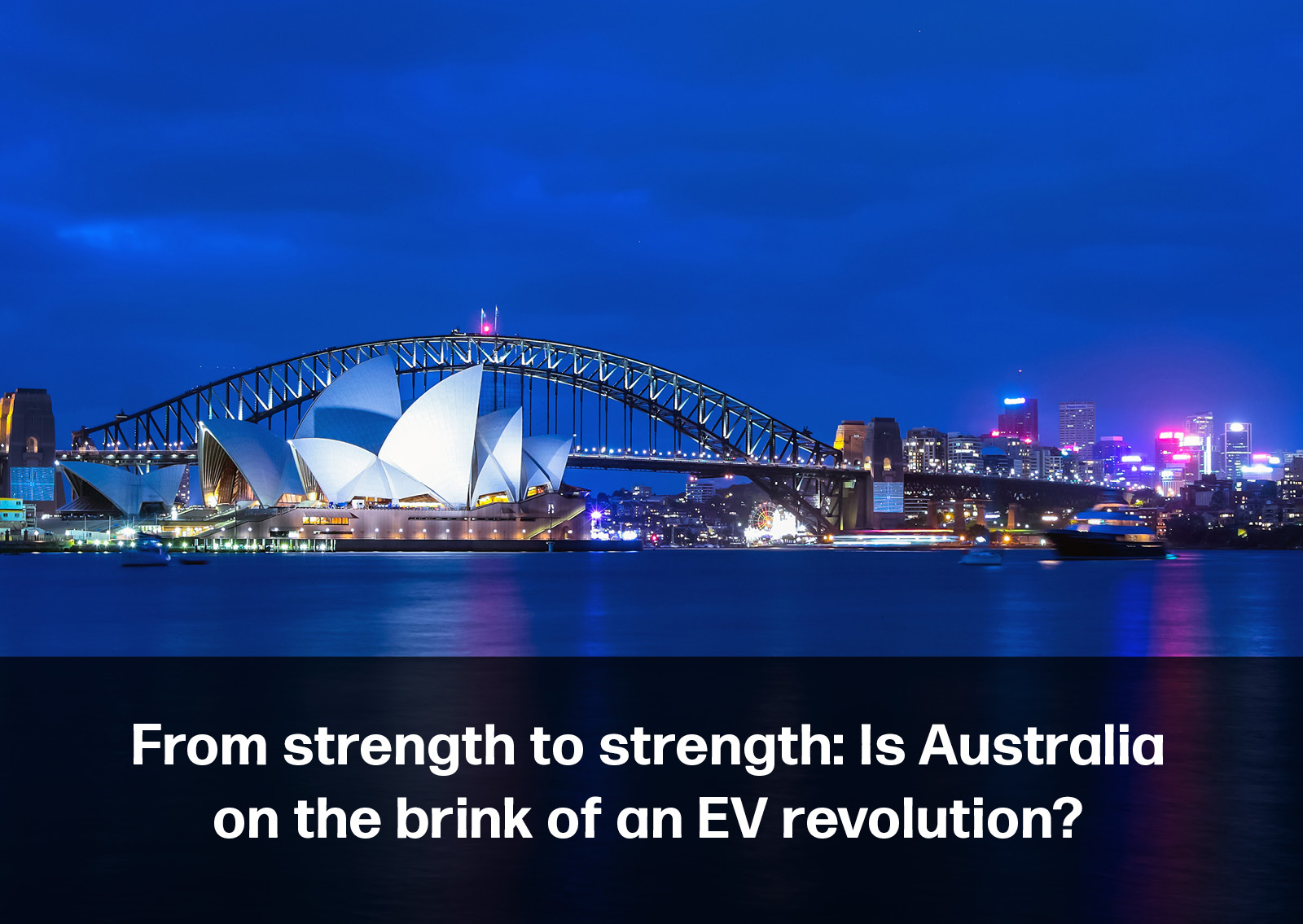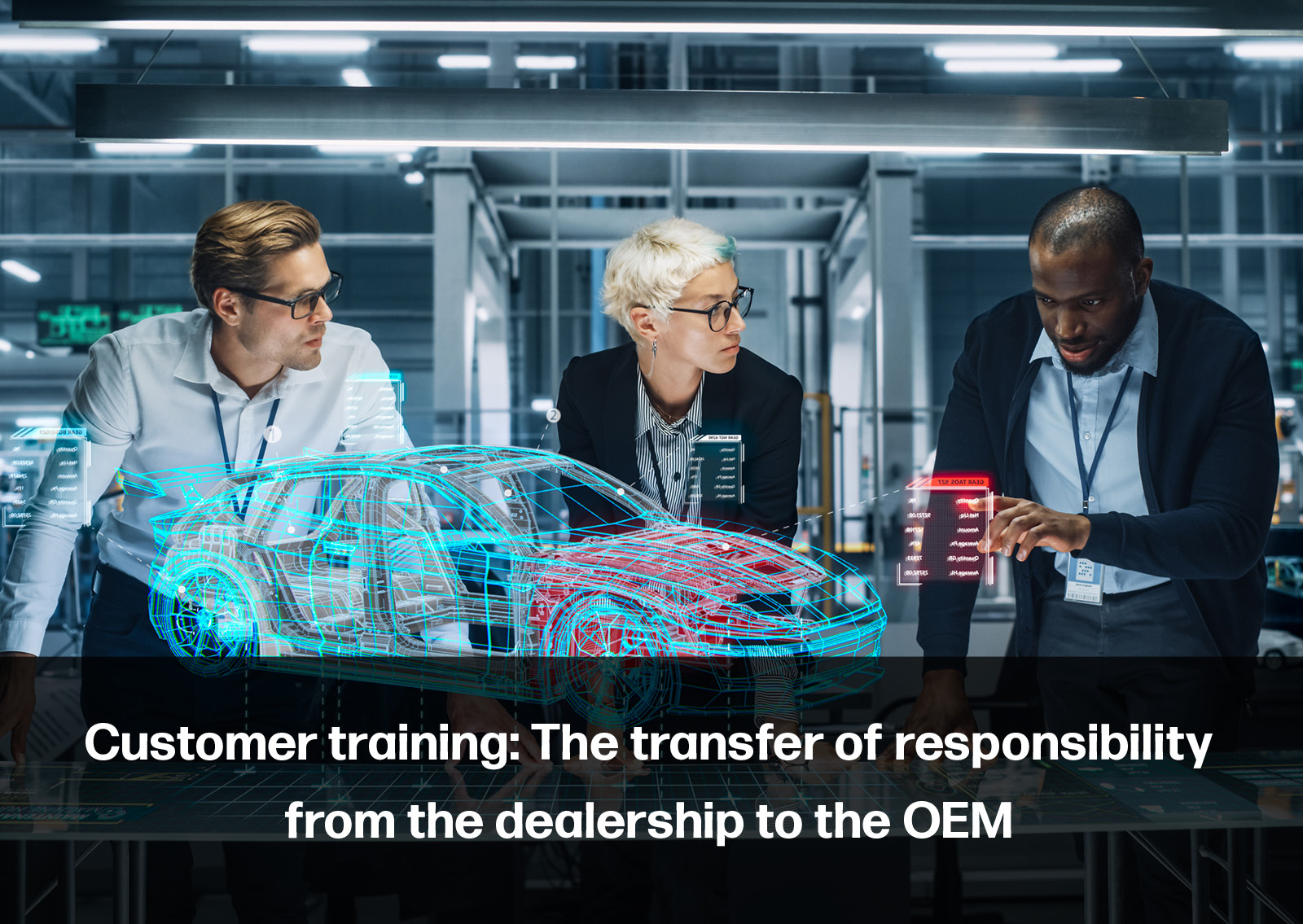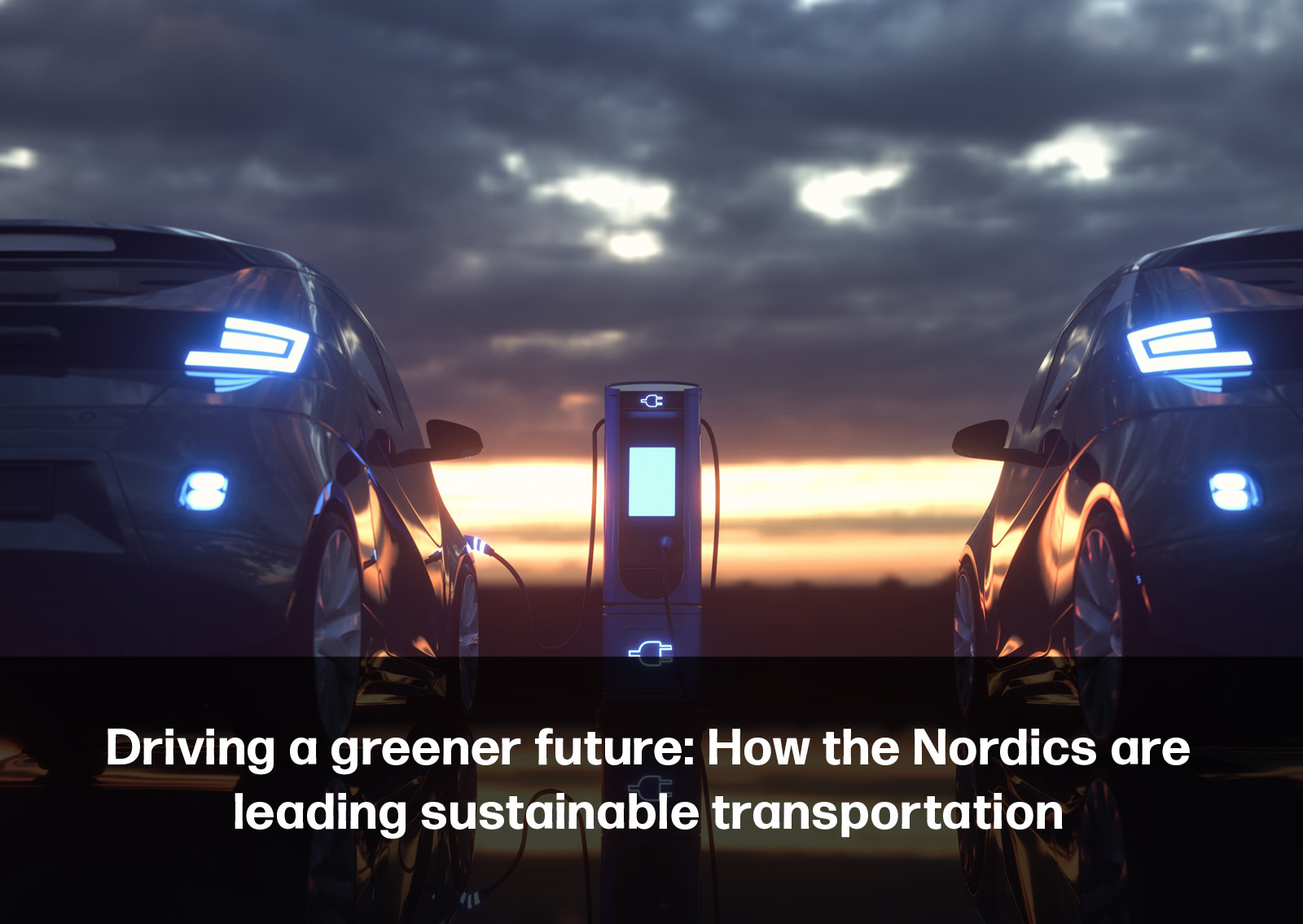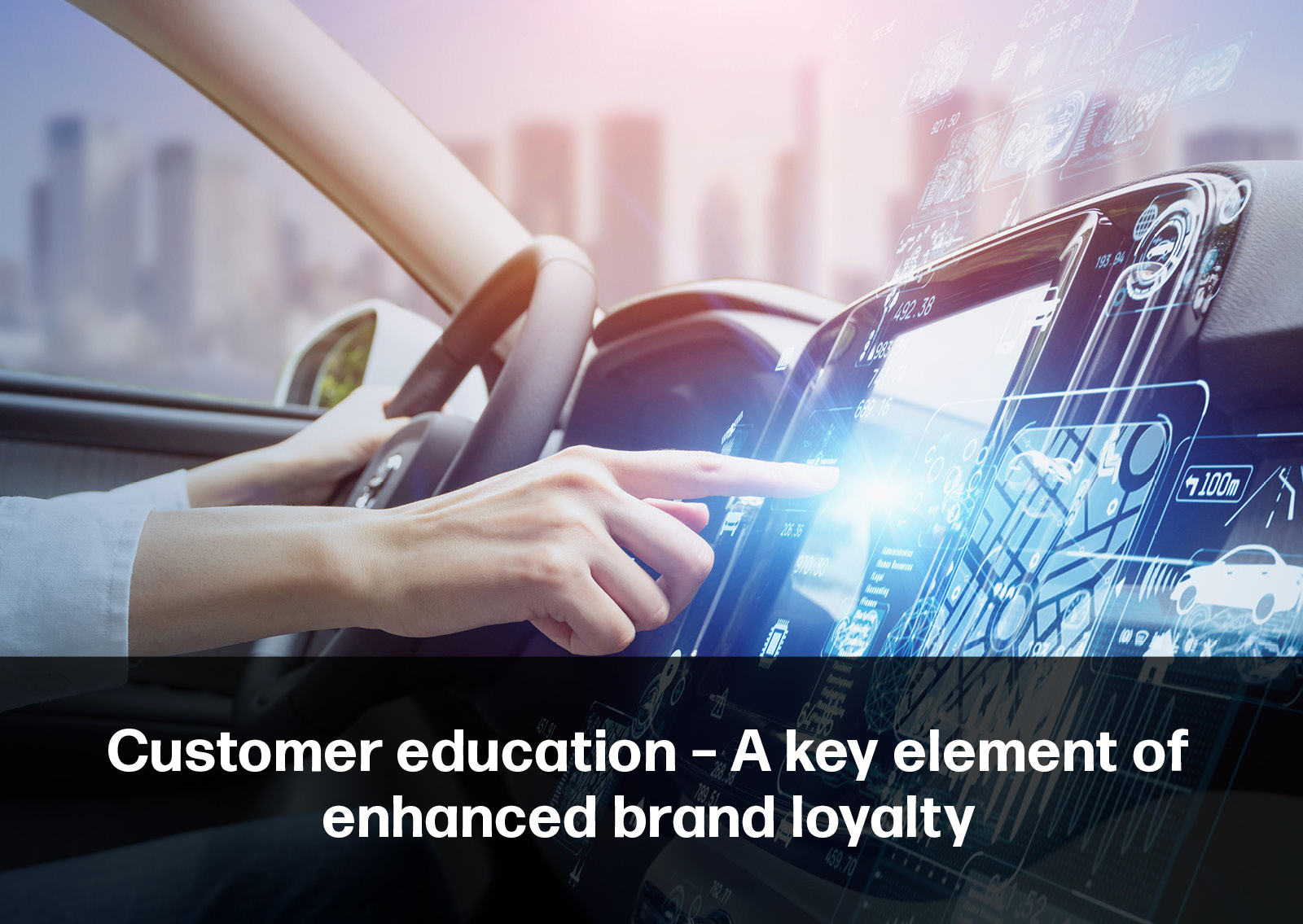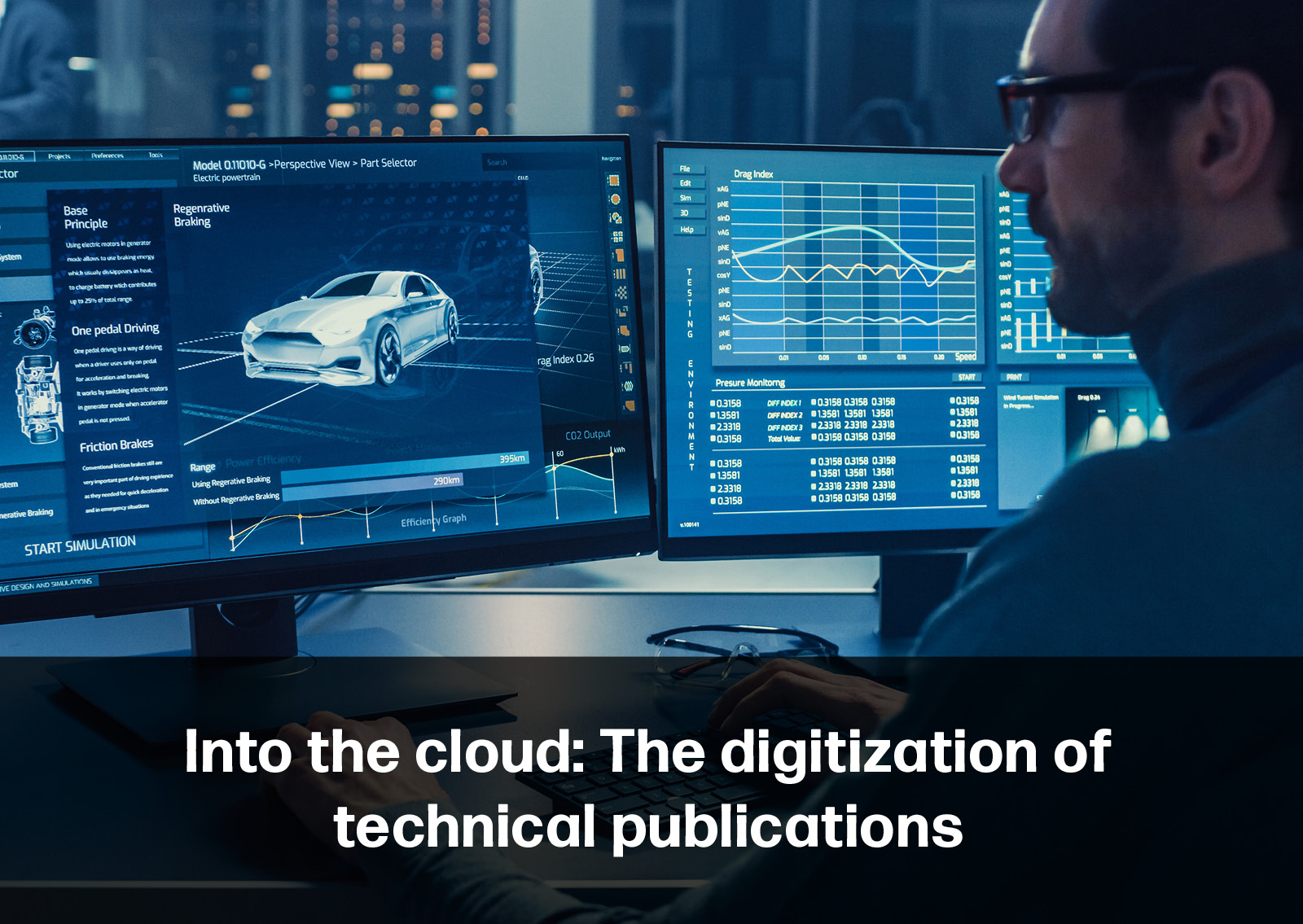Explore how we see the future of automotive
Stay updated. Be informed.
Sign up to receive our latest editions of the MSX Benchmarker, containing industry insights on the latest automotive megatrends.
Ugo de Carolis
CEO & Executive Chairman
I’m delighted to present the first Benchmarker to be published since I joined MSX in December 2021, and to introduce some of the extraordinary insights into the mobility industry contained within its articles.
The theme for this edition – customer experience – is central to the core values of every business today and the priority for mobility companies aspiring to set themselves apart. It’s also at the heart of our company’s purpose, to empower movers and makers to thrive in our ever-changing world. We help mobility providers, transport innovators and vehicle manufacturers to create better experiences for customers, and enable these businesses to prepare for and embrace the changes unfolding before our very eyes.
Andrea Sorrenti
Chief Operating Officer
Brand loyalty is declining in the automotive industry. In recent years, reports into consumer purchasing behavior in the automotive sector have revealed dramatic changes. Research by IHS Markit on brand loyalty for luxury brands shows that most of these organizations have seen a drop in loyalty between May 2021 and May 2022. Consequently, mobility companies are working harder than ever to stop customers from taking their business elsewhere.
Dirk Bott
Vice President, Global Sales Operations
The phases of a customer journey, from generating awareness to developing customer loyalty, remain similar for new retail models as they are for the traditional retail experience. But these models have tipped the balance of responsibilities – and touchpoints – dramatically. A single customer journey contains as many as 5,000 interactions between different stakeholders – sales teams, finance departments, test drive teams, administrators, and valets, for example. Until now, many of these tasks were managed by retail networks, but agency or direct-to-consumer sales models mean many more interactions occur between customers, their laptops, and the OEMs themselves.
Michael Bowe
Aftersales and EV Operations Director
For today’s consumer, spending hours at a dealership waiting for a vehicle to be serviced is a huge inconvenience. Some dealers offer transportation or collection services, but customers are still required to take time out of their days or have their days disrupted. In response, many OEMs are looking at ways to take the service bay to the customer site.
Convenience, opening hours and location are among some of the main factors that drive customers to choose a specific dealership for their next service. But the challenge for dealerships is that they can’t alter their locations, nor can they deviate from the market area to which they’ve been assigned by the OEM.
Luca Fontanelli
CEO of E-GAP
Over the last 12 months, the automotive industry’s acceleration towards sustainable mobility has increased the need for charging infrastructure. But while manufacturers continue to improve their products in terms of autonomy and charging speed, consumers are struggling to find fixed charging options that can support them.
In a recent interview, Luca Fontanelli, Chief Executive Officer of E-GAP, a mobile charging provider for electric mobility, shares some valuable insight into potentially sustainable charging solutions for electric vehicles (EVs), and how electricity companies can support the EV load.
Robert M. Häusler
Director New Retail Model and Electric Vehicle (EV) Strategy
The growing popularity of electric vehicles (EVs) has led to a new buying experience for customers and is influencing a change in driving behaviors. Brands are working harder to understand the needs of this new generation of consumers and manage their expectations more effectively. In the following interview, Robert M. Häusler, Director New Retail Model and EV Strategy at Global Sales, MSX, discusses how businesses must adapt to changing consumer profiles and attitudes towards EVs.
Xavier Vandame
Vice President, Sales – Asia Pacific, Middle East and Africa
In an era where customer experience is a priority, the automotive industry is seeing the emergence of multiple forms of mobility that offer consumers a broader range of travel options. Businesses are responding to the consumer need for greater diversity and choice in mobility by providing flexible offerings that cater to individuals’ lifestyles.
These models tend to fall into categories that include the privately owned or leased-vehicle model, community-based schemes in which a fixed group of people shares a vehicle, or other transport-sharing options that range from public transport to private and consumer-to-consumer rental. But the financial viability and overall success of these new models is dependent on multiple factors, from utilization of the service to the customer’s income, geographical location, and age.
Olivier Katz
Operations Director, Australia & New Zealand
ICE vs electric: Is there a future for EVs in Australia?
The Australian automotive market is one of the more competitive in the world, with around 1 million new vehicles being sold each year, and more than 50 brands competing for their share. Toyota and Mazda are the uncontested leaders with a combined 30.9% of the new vehicle market share in 2021. In the following interview, Olivier Katz, Operations Director, Australia and New Zealand, MSX, compares the automotive industry in Australia with other global markets, and explores the challenges expected with the emergence of electric vehicles (EVs) and new retail operations.
Lois Valente
Director of Training, North America
Once relied upon as the primary communication channel between the brand and the customer, the rapidly changing dealership business model places the OEM in unchartered water. The rise in agency models and new transactional platforms is encouraging customers to change the way they shop, purchase, maintain, and interact with their vehicles, shifting them further away from the dealership experience.
Martin Tornberg
Director Nordics
Governments across the Nordics are developing policies that support green energy and maintain sustainable economic growth. Electric vehicles (EVs) are dominating new vehicle sales in many Nordic countries, likely driven by a mix of environmental policies and favorable incentives. In the following interview, Martin Tornberg, Operations Director Nordics, MSX, explores some of the region’s successes and shares his thoughts on the future of the automotive market with the emergence of EVs and new retail operations.
Eric Menoret
Vice President and Global Account Executive
Pedro Garcia
Global Director, Fleet and Remarketing, Mobility Solutions
Fleet businesses are growing rapidly across the globe. An increase in the popularity of private leasing, online shopping, and mobility-on-demand services mean the share of fleet cars now accounts for a far greater proportion of vehicles on the road. In response, automotive organizations are investing in fleet management operations to help enhance the complex process of in-fleeting, de-fleeting and remarketing vehicles in an increasingly competitive industry.
Jayesh Jagasia
Global Executive Director
The modern vehicle is not only incredibly complex, but automotive advances today are unlike anything the industry has seen for generations. Electric vehicles have transformed the concept of the automobile and the services that surround it, and new distribution models are dramatically altering brands’ relationships with their customers. These factors have contributed to a rise in the number of customers who are less confident about managing the requirements of their vehicles or who are failing to make optimum use of the technology available. And many don’t know where to turn for help.
Shawn Coyle
Vice President and Global Account Executive
Marcelo Gomes
Operations Director, South America
For businesses in the heavy goods vehicle industry, maintaining a low total cost of ownership (TCO) is crucial. Variables such as fuel economy, maintenance and operational costs can significantly impact profit. Fleet companies must be more discerning than ever when it comes to the brands they choose, not just in terms of purchase price and vehicle quality and robustness, but also in terms of the long-term services that manufacturers can offer.
TCO relates to more than just the running costs of the vehicle. It applies to efficiency and the amount of time the truck is on the road – its uptime. Businesses must minimize the time it stops for maintenance and repair, extending its operational life to boost productivity and generate the most profit.
Andrew Smith
Technical Publications Practice Director
Technical publications have undergone incredible changes in recent years. Today, they are broader and more accessible than ever and touch every aspect of the automotive experience. Paper manuals, books, and guides still exist to accommodate regional laws, but OEMs are pushing the industry, and legislation, to a digital standard.
Cory Allen
Director of Digital Solutions, Americas
Today’s automotive industry generates immense amounts of data. The proliferation of connected vehicles has given OEMs access to a wealth of information about vehicles, owners, and dealerships. Furthermore, changing customer expectations and the shift to agency models are creating a demand for industry-wide change. This complicated new reality requires a smarter approach to data: Business intelligence (BI). It is no longer enough to collect and analyze data. Today’s OEMs and retailers are challenged to transform data into useful information that can be used by stakeholders to drive better decision making. This can be achieved through the integration of intuitive, easy-to-access dashboards and metrics that present necessary information for making critical business decisions.
GLOBAL EDITION
Benchmarker
Thanks for reading our September 2022 Issue!
Editorial Team
Publisher: Andrea Sorrenti, Chief Operating Officer, asorrenti@msxi.com
Chief Editor: Jochen Schultze
Copywriting: Caroline Wiseman, Marsha Moore, Geoffrey Moore
Layout and Design: Julia Müller
Research: Ana Santos, Jade Murrell
Published by MSX International
Previous Editions:
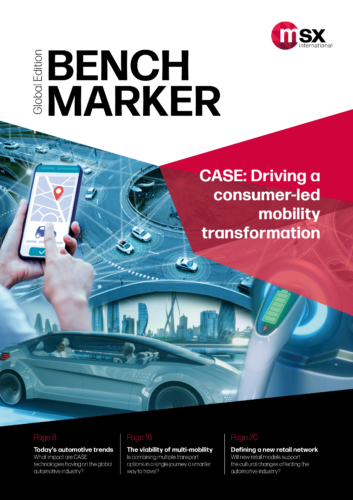
CASE: Driving a consumer-led mobility transformation

Shaping the future through operational transformation
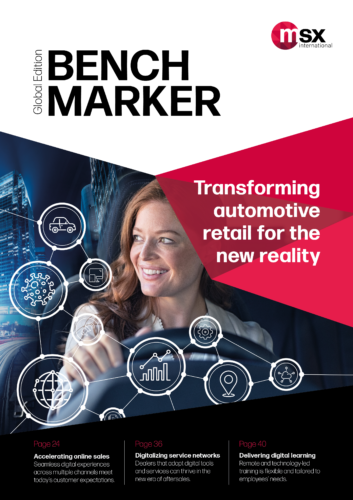
Transforming automotive retail for the new reality
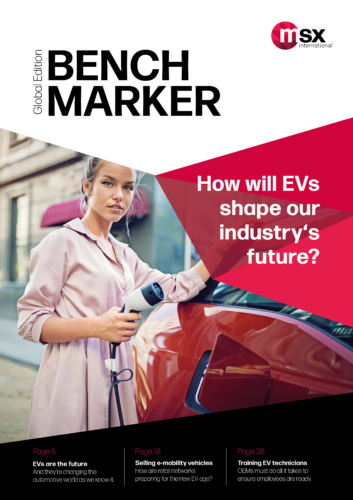
How will EVs shape our industry’s future?






